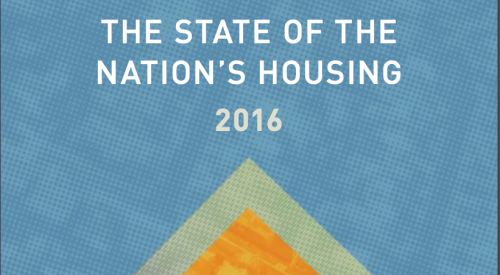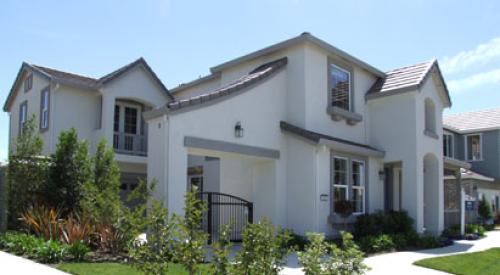Experts are rethinking how many households will be created from 2017 to 2027. Harvard University’s Joint Center for Housing Studies 2018 State of the Nation’s Housing annual report forecasts that 12.0 million households will be formed in that time; 1.6 million fewer than an earlier Joint Center estimate in 2016. Household formation rates are useful in determining how much new housing is necessary to meet demand.
The lowered projection came in part because of continued decline in Millennial household formation and headship rates, despite this cohort’s rising income. Headship rates vary by about 10 percent between the 25 most and least affordable metros for adults aged 25 to 29. Yet Millennials are today’s largest homebuying group. Adults under age 35 formed 1.5 million more households between 2012 and 2017 than in the previous five-year period and are expected to keep buoying national household growth.
Another increasingly significant source of household growth is international immigration. Immigrants added to housing demand during both market expansions and downturns and have played a role in stabilizing rural and urban communities that would otherwise have suffered population losses. Net immigration is expected to continue growing into the foreseeable future, while native-born white population growth is anticipated to decelerate, particularly after 2025.
The size and housing needs of these cohorts will continue to put pressure on builders to supply more homes, despite major supply-side impediments such as land shortage; rising costs of building materials potentially subject to new tariffs; strict regulation and zoning policies at the local, state, and federal levels; and the current shortage of skilled labor in construction.













